Tag: performance
-
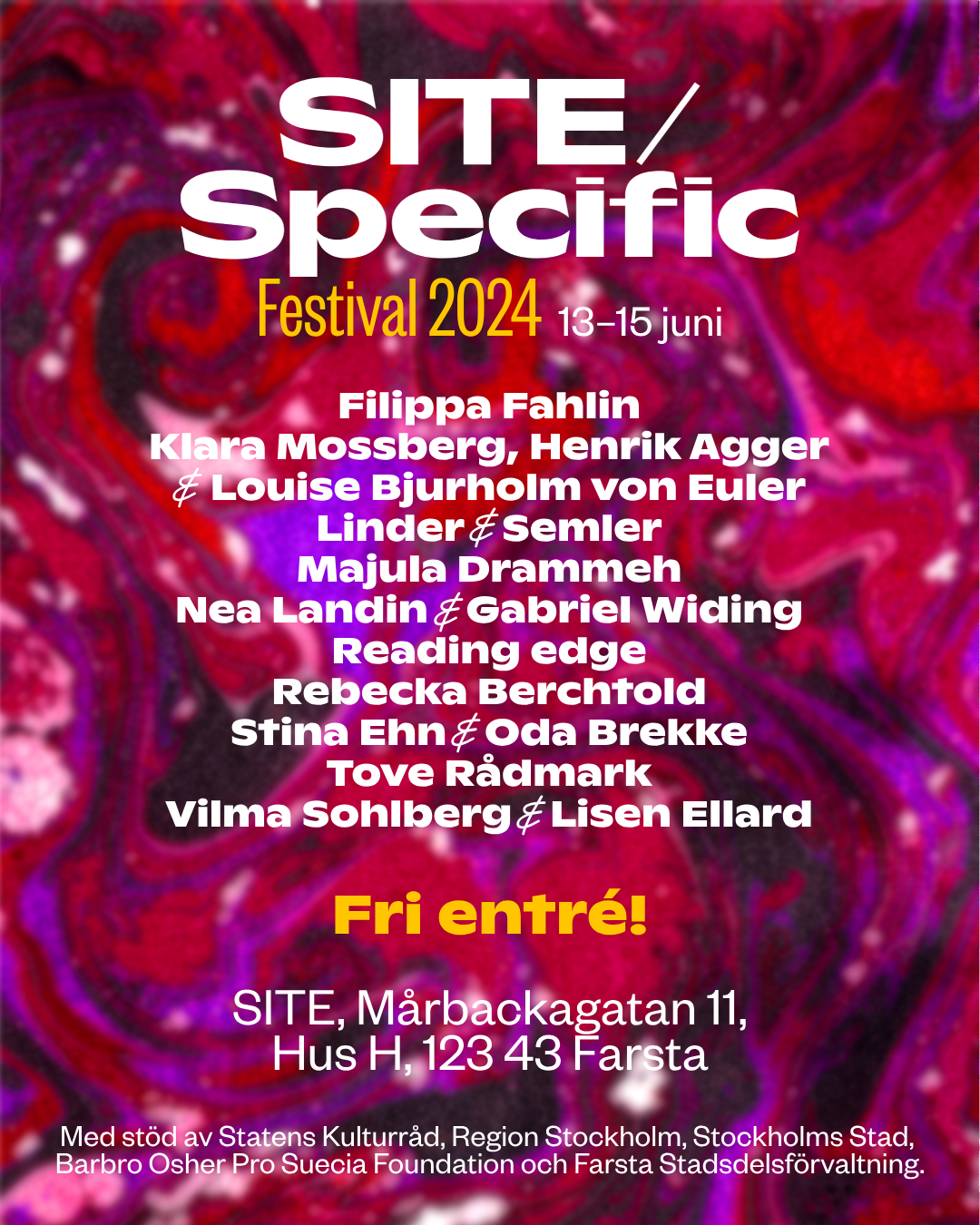
Mobilized at SITE/Specific Festival 2024
SITE/Specific Festival is a festival in an open house format that gives you the chance to meet artists connected to SITE and take part in their latest works. During three evenings in June, we invite you to indoor and outdoor performances, talks and workshops. The festival has free entry! Mobilized – An essay pretending to…
-
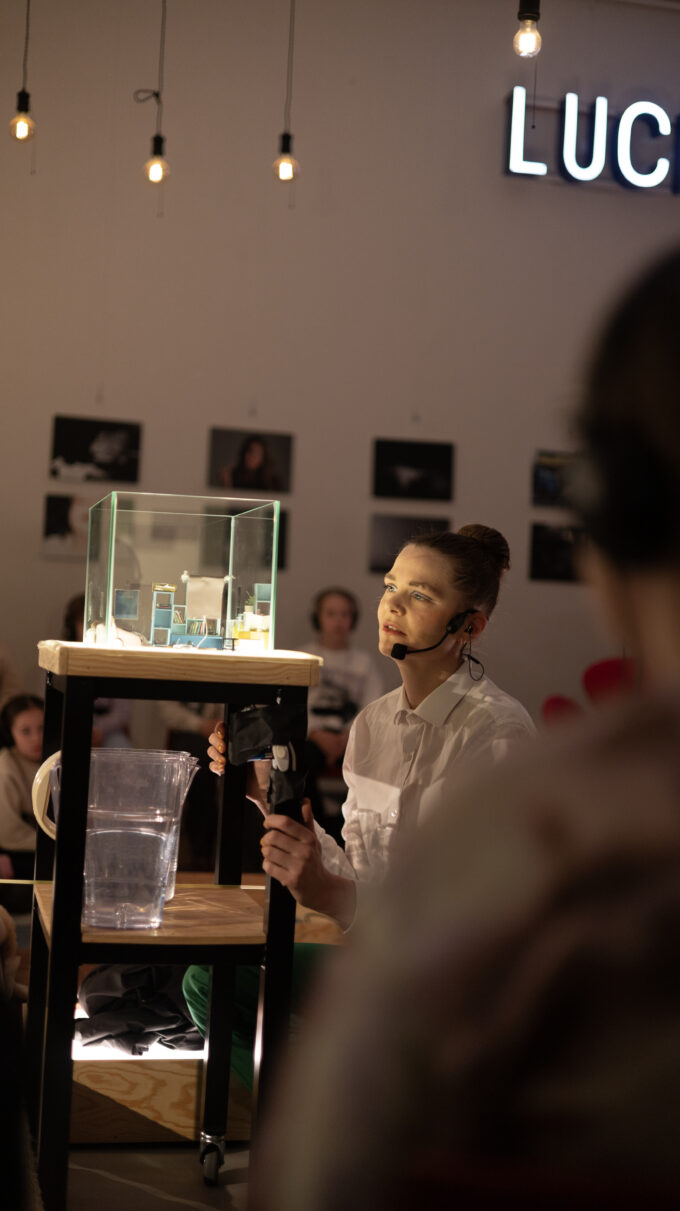
On tour in Finland
I’ve been on a ten day tour in Finland with Nyxxx and the show Hör så tyst det är, directed by me and Ebba Petrén. The tour was organized by Assitej Finland through the Bravo!-festival and I’m happy we have been able to show the work in Swedish as well as Finnish. This is the…
-
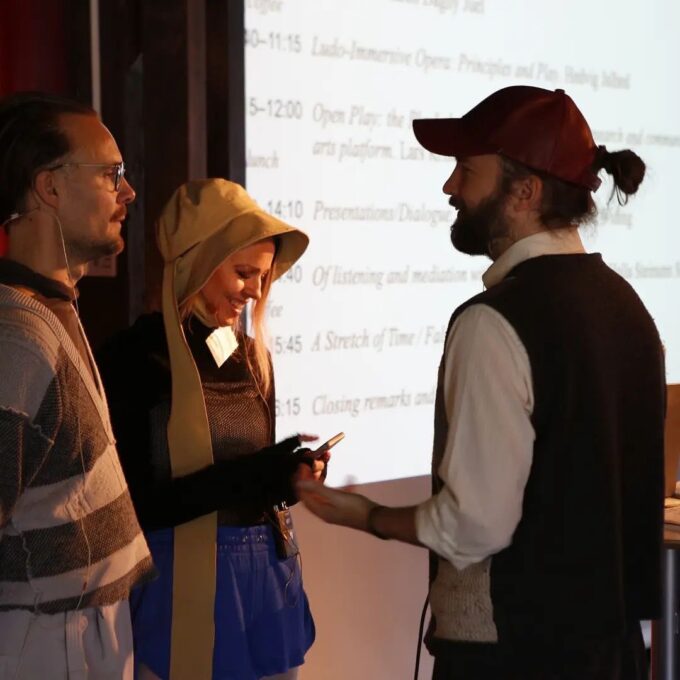
In conversation with Lundahl & Seitl at IAC
Inter Arts Center “a platform for artistic research and experimentation” are very into games and play these days. Me and Nea Landin performed Mobilized there at Immersive days #3: Agents in Play. In the aftermaths i had the pleasure of giving a short improvised talk and enter a dialogue with Christer Lundahl and Martina Seitl.…
-
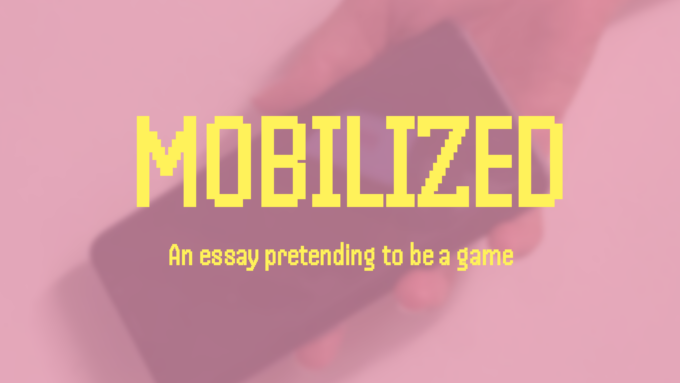
MOBILIZED: An essay pretending to be a game
Mobilized is a participatory performance exploring the power and potential of the smart phone. Rather than asking you to turn it off when entering the theatre, we ask you to keep it ready for use. Your phone will be the portal that takes you and other audience members into the constructed reality of the piece.…
-
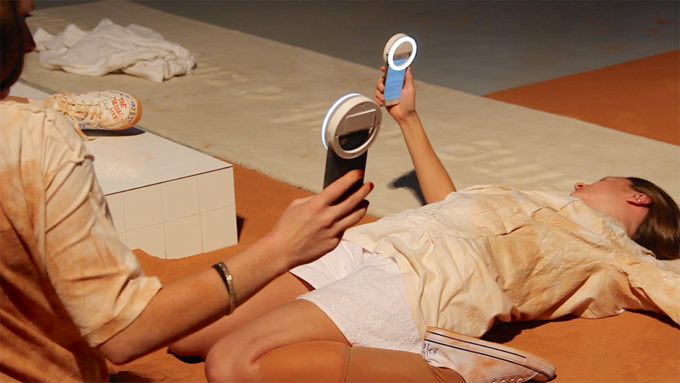
THE IMAGINING BODY: Freestanding course at SKH
Applications are open for a freestanding 7.5p course at Uniarts/SKH that I will put together and teach together with Áron Birtalan. It’s the first time I have the opportunity to create an entire course from scratch on university level and I think these five weeks will be great. If you are active in any performative…
-
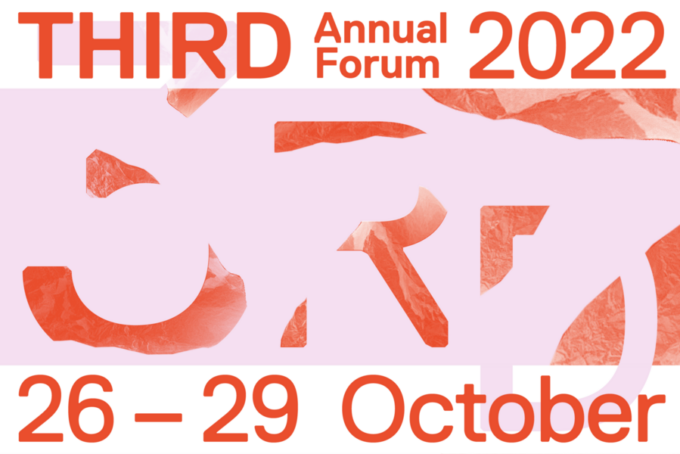
The Unquiet Veil in Amsterdam
I will once again game master Áron Birtalan’s scenario The Unquiet Veil. This time at DAS in Amsterdam. The Unquiet Veil is a low-key role-playing experience / fictional workshop where players are guided through playful and mystical activities in which they develop their own practice of ‘everyday death magick’, make a pact with an imaginary…
-
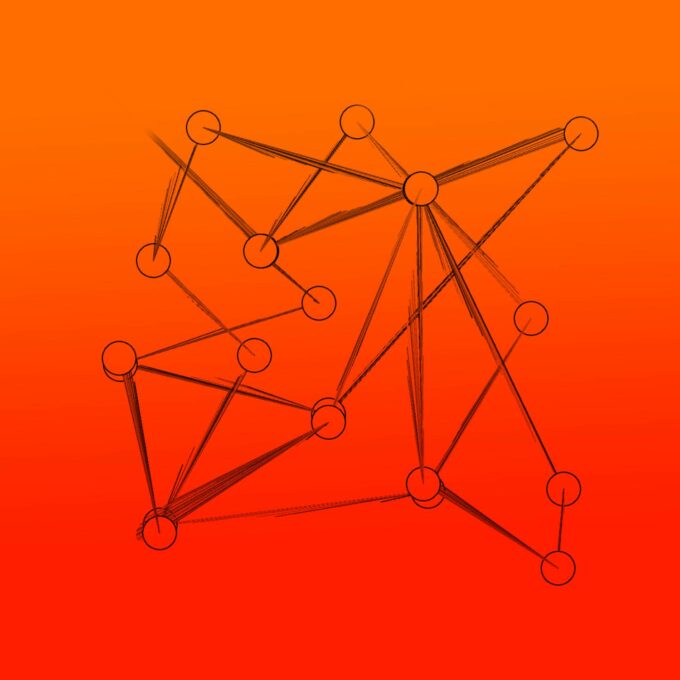
Mobiliserad: work in progress-visning på Alternativfesten
Detta är en workshop/visning där din mobil leder dig in i rörelse tillsammans med de andra deltagarna. I denna prototyp undersöker vi de täta förbindelser som finns mellan maskiner och människokroppar. “Mobiliserad” föreslår ett deltagarbaserat utforskande av mobilens potential för interaktion, beslutsfattande, rörelse och kollektivt handlande. Instruktionerna kan vara individuella eller gemensamma, rytmiserade eller slumpmässiga.…
-
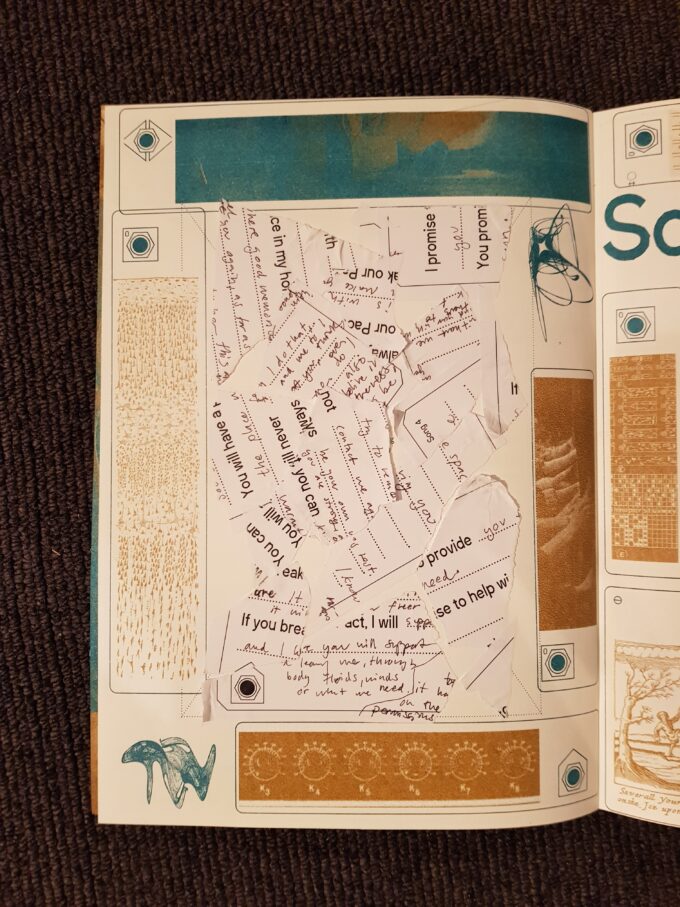
The Unquiet Veil at A thinking practice
A Thinking Practice is a practice based symposium addressing collective learning processes in relation to listening, asymmetries, filth, not-knowing and desire. We long for a space to think, feel, organize and practice with others. A space where we, despite knowing that we won’t find any simple solutions, engage with each other in an unknown future.…
-
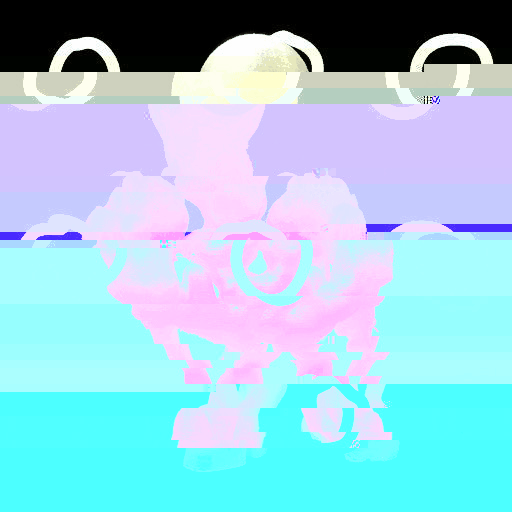
Tactical Meditations in Vienna
I will go to the Calle Libre festival in Vienna to present Nyxxx’ Tactical Meditations August 9-12th. More info.
-
How to go out of body & fuck with yourself
This is a rewrite of a blogpost published in swedish before. I made it for Inpex 2012 edition of the infamous silver bible aka. The Swedish Dance History vol. 4. It’s situated in the very end of the book btw. What happens to our capacities to look and see when our senses are dominated by an…
-
Working with avatars at PAF
Summer is slowly fading away and I haven’t written here since May, which is a shame because plenty of interesting things has been going on. This week me and Ebba Petrén has had the fantastic opportunity to go to Performing Arts Forum. We have a generous grant from The Swedish Arts Grant Committee to be…
-
Nypremiär och ny kritik av Avatarvaro
Nu har vi spelat Avatarvaro på Inkonst i Malmö. Det har varit kul att jobba här och vi har fått bra support från Helena, Daniel och Ellinor på plats. Alla fem föreställningar blev utsålda. Alex Tenghamn, som fotograferar åt Inkonst tog några bilder under genrepet: Pressklipp Det har kommit en del press på föreställningen. Jag…